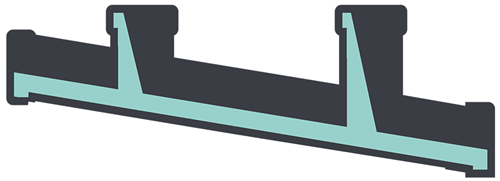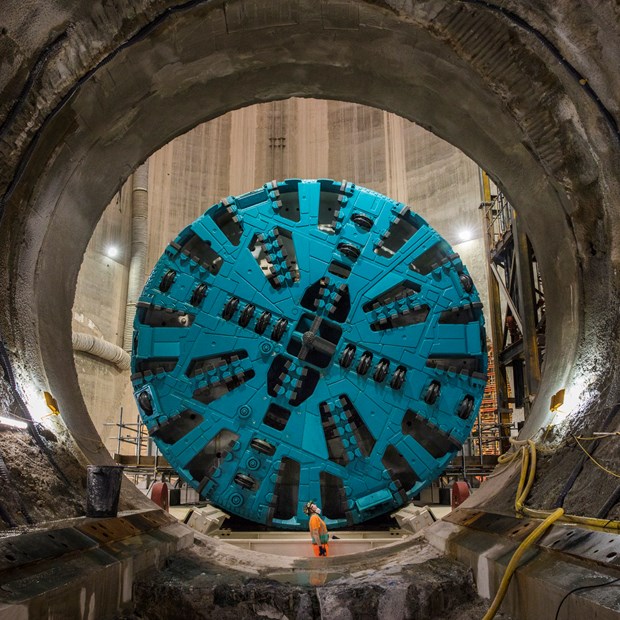Our 25km tunnel will intercept, store and ultimately transfer sewage waste away from the River Thames.
The tunnel is 7.2 metres diameter wide, the equivalent of three London double decker buses, and the two connection tunnels are 5 metres in diameter and two metres in diameter respectively – 5 metres being roughly the size of a London Underground tunnel.
At Acton in West London where we start the tunnel, we are at our shallowest, 31 metres deep. It then falls away at a rate of 1 metre every 790 metres. Falling to 66 metres when we reach Abbey Mills Pumping Station in East London.



Watch how TBM Selina started her journey at Chambers Wharf:
TBM Selina is named after Dr Selina Fox, who founded the Bermondsey Medical Mission in 1904. The small clinic and eight-bed hospital provided medical and spiritual care to the most vulnerable women and children in the area and continues to this day as a local charity.
21 shafts were built across the project – some to launch tunnelling machines, most to channel sewage flows into the super sewer.
Watch how the shaft at Greenwich Pumping Station started excavation:
When complete, the super sewer (and the Lee Tunnel combined) will have a storage capacity of 1.6m cubic metres, or around 600 Olympic-size swimming pools.

